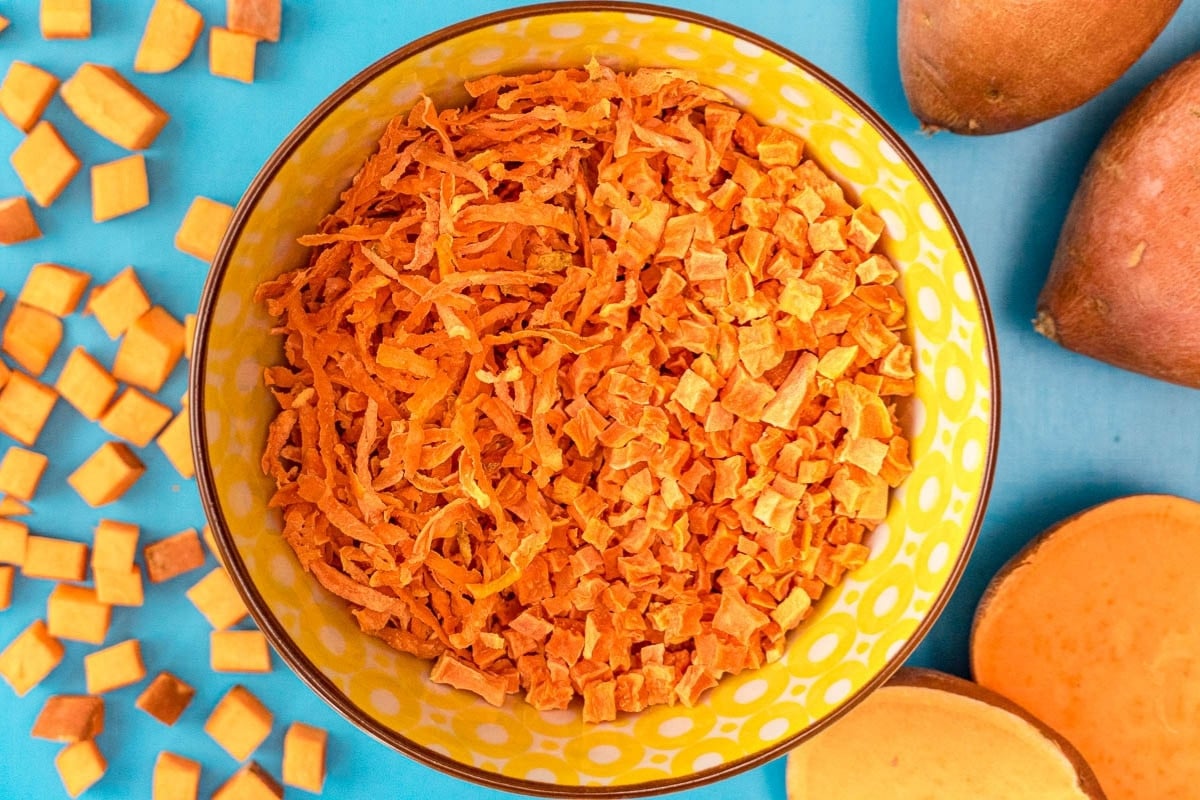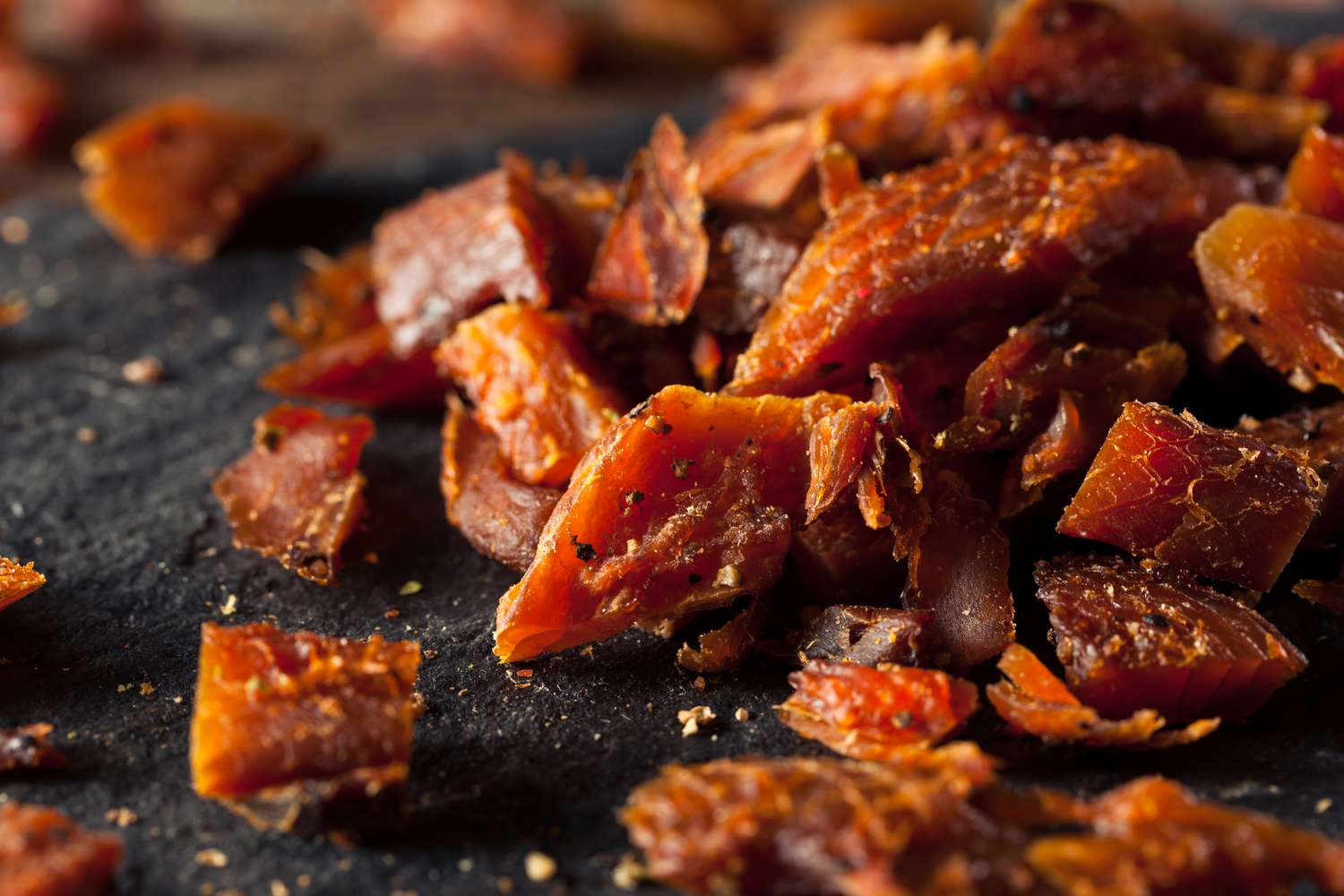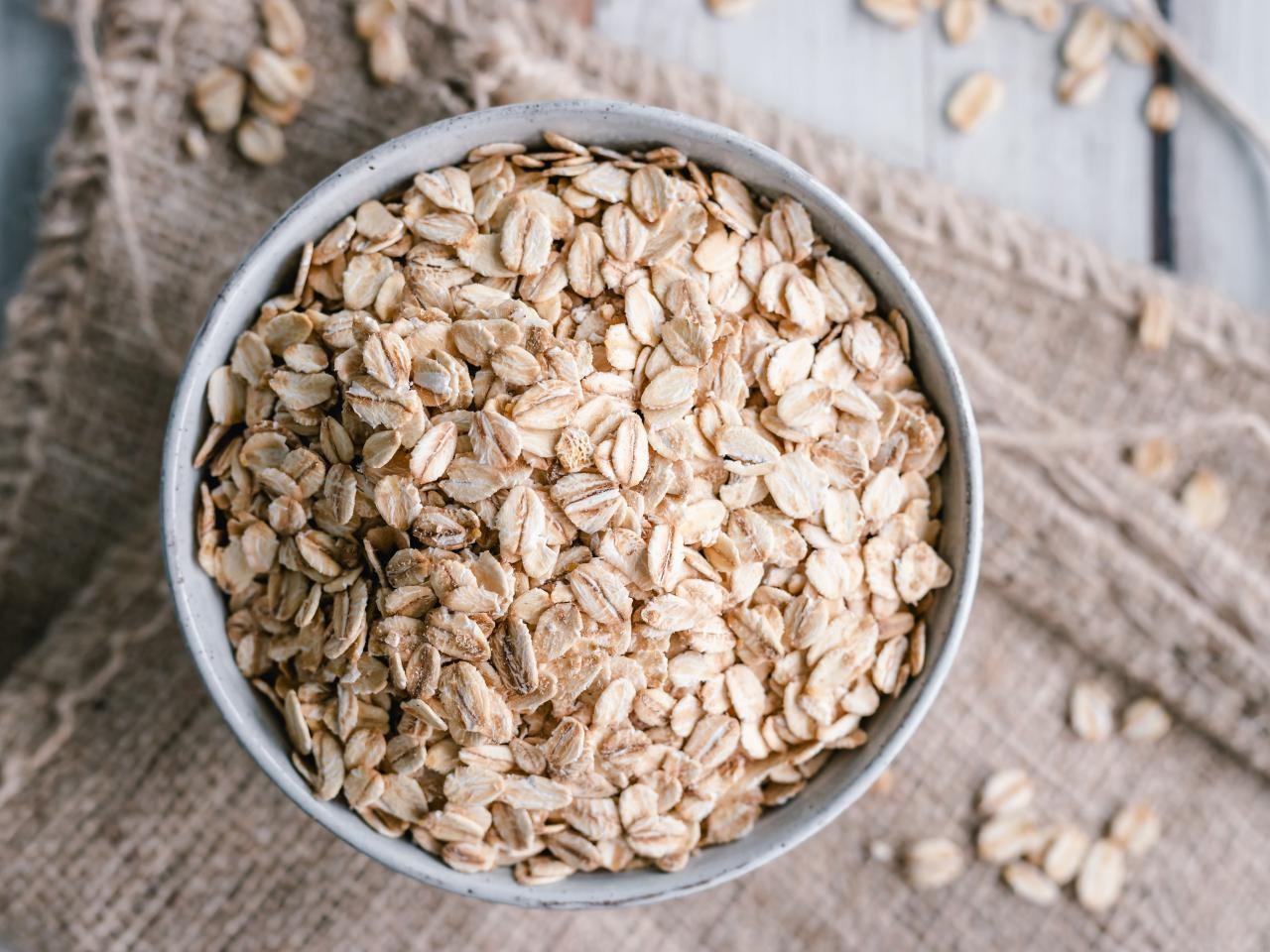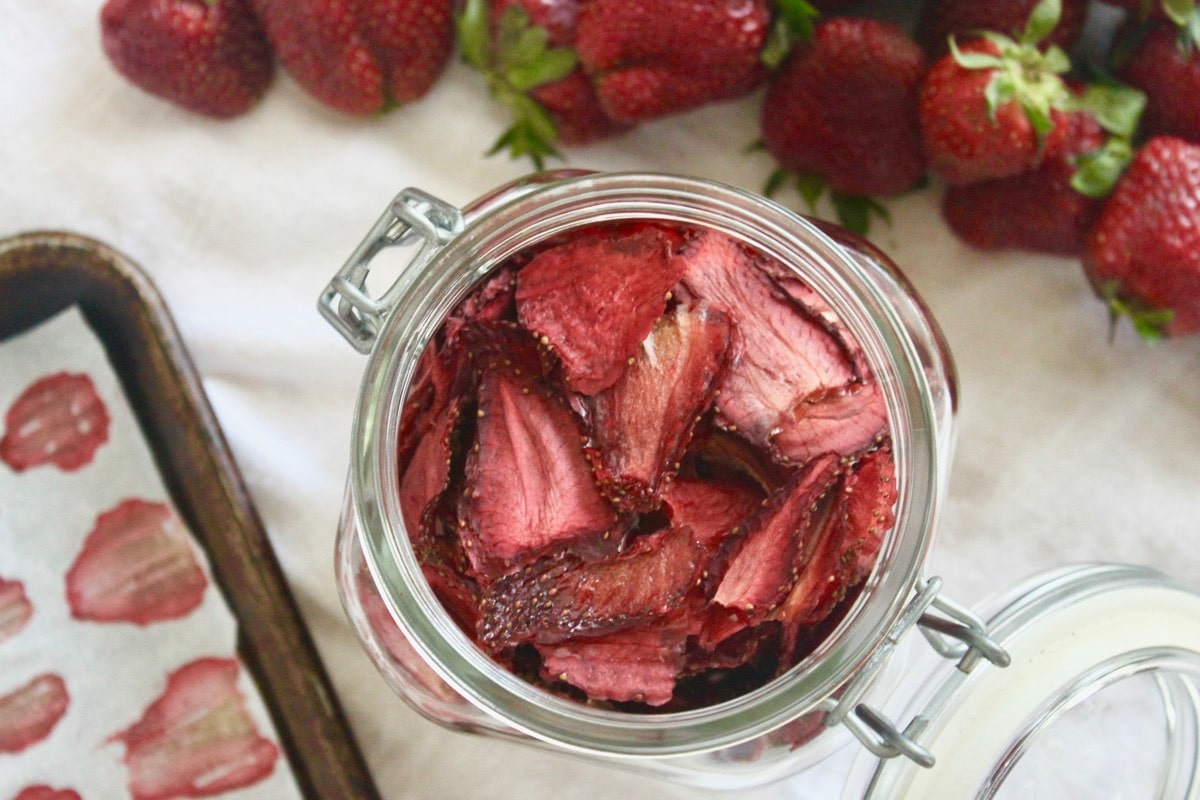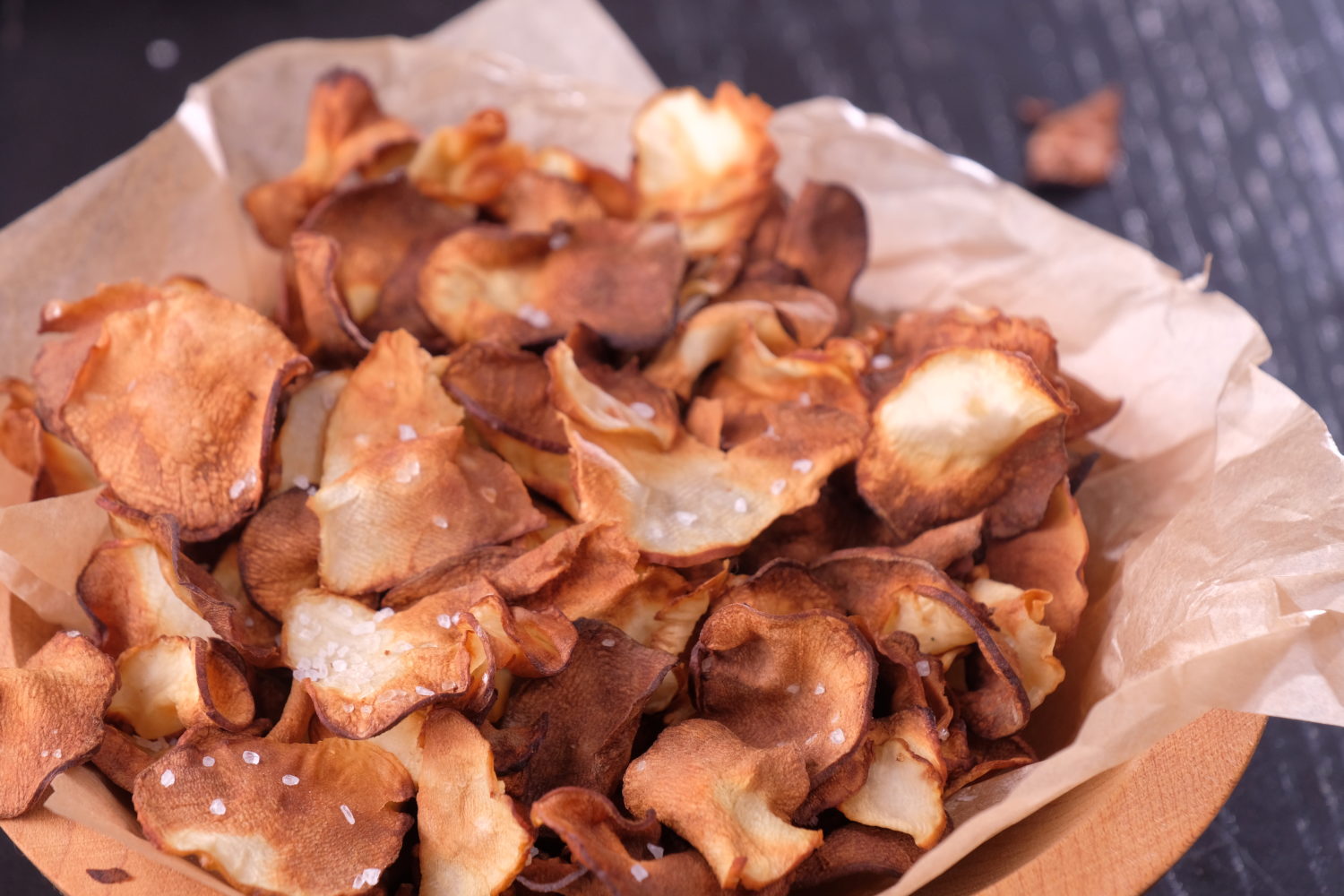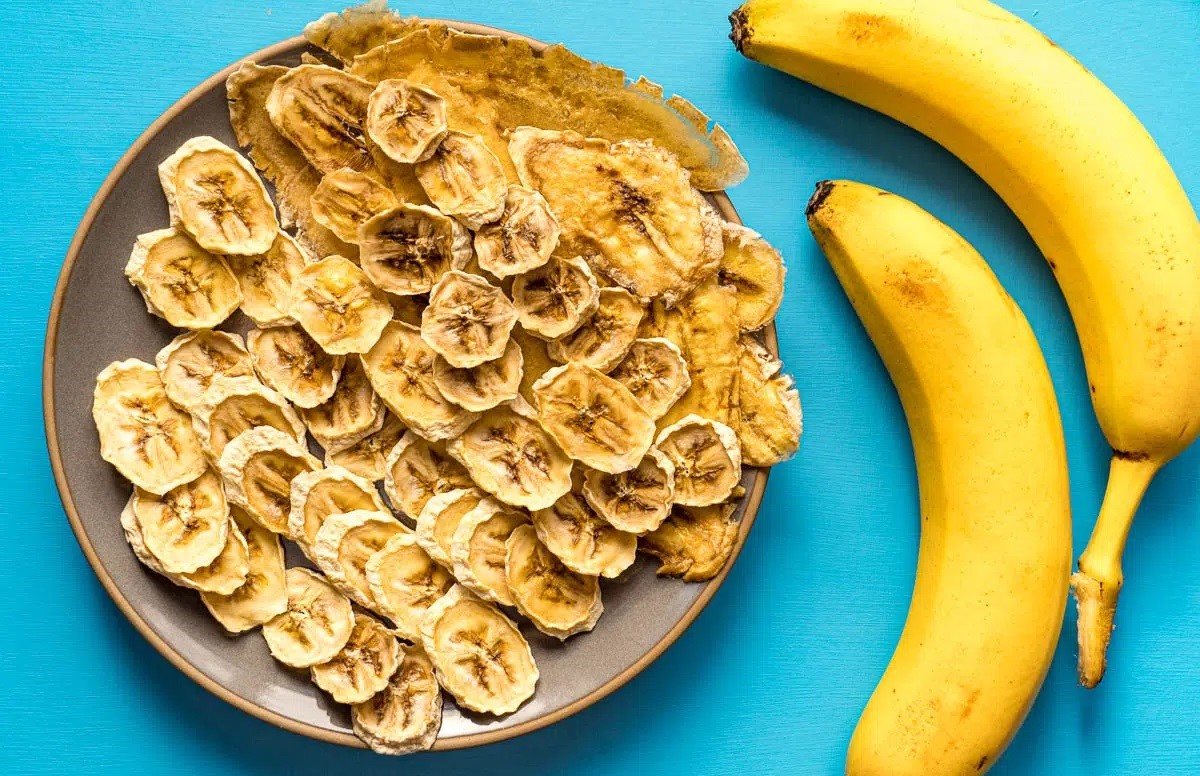Preserving Fresh Vegetables: A Guide to Dehydration
Dehydrating fresh vegetables is a simple and effective way to preserve their nutritional value and extend their shelf life. Whether you have a bountiful harvest from your garden or want to take advantage of seasonal produce, dehydrating vegetables allows you to enjoy their flavors and nutrients year-round. Here’s a step-by-step guide on how to dehydrate fresh vegetables at home.
Choose Your Vegetables
Before you start dehydrating, it’s essential to select the best vegetables for the process. Choose fresh, high-quality vegetables that are free from blemishes or bruises. Some popular options for dehydration include:
- Carrots
- Peppers
- Zucchini
- Tomatoes
- Onions
- Mushrooms
These vegetables dehydrate well and can be used in various dishes once they are rehydrated.
Preparation
Once you have chosen your vegetables, it’s time to prepare them for dehydration. Follow these simple steps:
- Wash the vegetables thoroughly to remove any dirt or debris.
- Peel, slice, or chop the vegetables into uniform pieces to ensure even drying.
- Blanching certain vegetables, such as carrots and peppers, before dehydration can help preserve their color and nutrients.
Dehydration Process
Now that your vegetables are prepped, it’s time to start the dehydration process. There are several methods you can use:
- Dehydrator: If you have a food dehydrator, arrange the prepared vegetables in a single layer on the dehydrator trays. Follow the manufacturer’s instructions for the recommended temperature and drying time for each type of vegetable.
- Oven: If you don’t have a dehydrator, you can use your oven to dehydrate vegetables. Place the vegetables on a baking sheet in a single layer and set the oven to its lowest temperature. Keep the oven door slightly ajar to allow moisture to escape. Check the vegetables regularly until they are dried to your desired level.
- Sun-drying: In regions with hot, dry climates, sun-drying vegetables is a traditional method of dehydration. Arrange the vegetables on a clean, dry surface in direct sunlight and cover them with a thin cloth to protect them from insects. Turn the vegetables regularly to ensure even drying.
Storage and Usage
Once the vegetables are completely dehydrated, allow them to cool to room temperature before storing them. Proper storage is essential to maintain their quality. Place the dried vegetables in airtight containers such as glass jars or vacuum-sealed bags. Store them in a cool, dark place away from moisture and heat.
When you’re ready to use the dehydrated vegetables, simply rehydrate them by soaking in water, broth, or other liquids. They can be added to soups, stews, stir-fries, and other dishes to add a burst of flavor and nutrition.
Final Thoughts
Dehydrating fresh vegetables is a fantastic way to preserve their flavors and nutrients for long-term use. With the right preparation and storage, you can enjoy the taste of fresh vegetables throughout the year. Experiment with different vegetables and recipes to make the most of your dehydrated produce.
So, whether you’re a seasoned gardener or just looking to reduce food waste, consider dehydrating fresh vegetables as a sustainable and convenient preservation method.
For those looking to put their newfound dehydrating skills to the test, there are a variety of recipes to explore. Start with the flavorful Dehydrated Vegetable Soup for a comforting dish that makes great use of a mix of vegetables. Next, try Zucchini Chips for a healthy and crunchy snack that's hard to resist. For a more substantial meal, the Dehydrated Vegetable Stew offers a rich and hearty option, perfect for a cold day. If you're in the mood for something a bit more exotic, the Rehydrated Vegetable Curry brings a burst of spices and flavors that will surely impress. Don't overlook the Dehydrated Mushroom Risotto, which turns a classic Italian dish into an easy-to-make gourmet experience. Each of these recipes showcases the versatility and convenience of dehydrated vegetables, making them excellent choices for anyone looking to experiment in the kitchen.
Was this page helpful?
Read Next: How To Dehydrate Fruit In A Microwave
